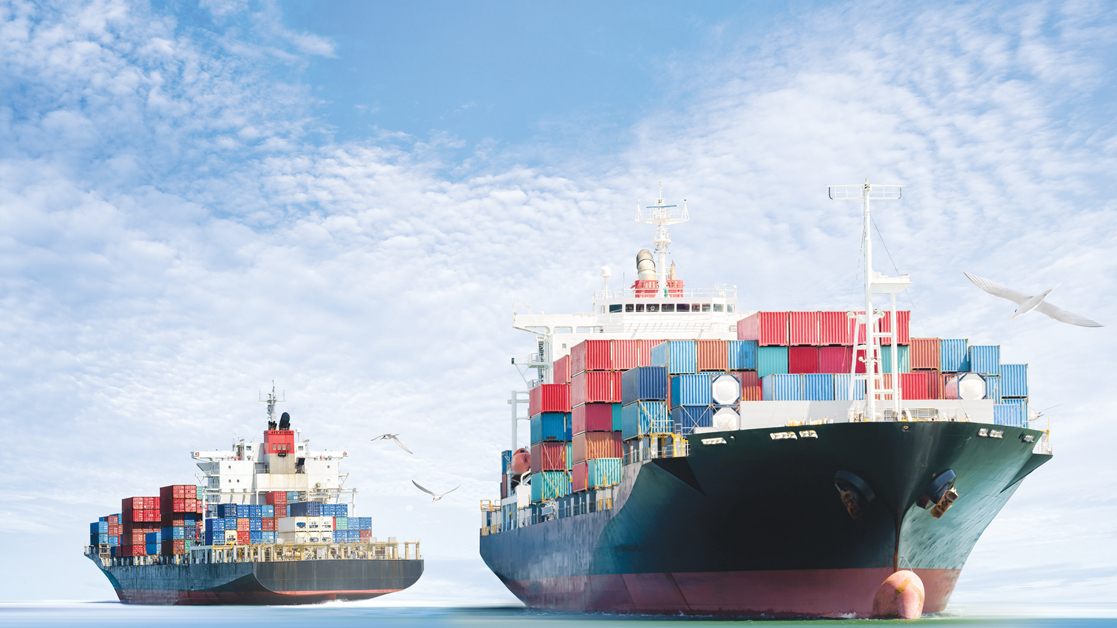A few high-profile hull and cargo insurers have scaled back their activity in the London Market, and with no significant new entrants, capacity has been reduced by about USD250 million since 2017. On the back of an increase in large claims, loss reserve creep, broker facilities under increasing pressure and heightened scrutiny of business planning, 2018 seemed to have marked the low point for the marine insurance market.
As the challenging operating environment has caused some markets to withdraw completely or reduce their portfolios and appetite, this has generated an uptick in trading and opportunity for those that remain, with pricing, conditions and data improving in every marine class. This improvement coupled with the deployment of advanced analytics to improve risk selection means we are starting to see optimism for the first time in years.
The recovery however is still in its infancy. A more full-blooded recovery in results will depend on both improved rates, deductibles, conditions, as well as reduced claims activity. The past year’s low income levels have eroded the buffers that offset major losses and it would only take a handful of claims to outweigh even moderate premium increases. Therefore, there must be a longer concerted effort to reshape the market landscape to provide a strong and secure market for new and existing clients.
Prudence is a virtue
We have been active in marine insurance for over 30 years as a lead insurer, leveraging our mutual heritage to adjust pricing in a planned way over the cycle. Our aim is to provide certainty and stability. In order to meet that aim we have adjusted pricing carefully over the cycle and sought to build solid long-term relationships with high quality clients, typically risk-managed ship owners, cargo owners and terminal operators that combine ambition with discipline, and where we can establish strong relationships based on a deeper mutual understanding.
To ensure that we can remain at the forefront of the marine market, for the long term, we have reviewed our strategic priorities:
- We are focusing particularly on clients where operations are of the highest standards to meet the requirements of their trading partners and customers.
- For marine hull we concentrate on highly regulated vessel sectors including liquid natural gas carriers, liquid petroleum gas carriers, product tanker, cruise vessels and specialised vessels such as offshore support and cable layers. Our marine cargo account specialises in mature insureds who are willing to invest capital and time improving their risk profile. Particular areas of expertise are Project Cargo, oil and gas and manufactured goods.
Complementing the focus on industry type, we are also taking more direct control of our marine liability underwriting which was previously delegated under market facilities. This ensures that the business being declared is within our risk appetite, that rating meets adequacy thresholds and the business is in line with our expectations in the years ahead.
Restructuring the risk portfolio and enhancing underwriting discipline in this way has enabled us to make huge strides in terms of information capture, detailed analytics and improved management reporting. As we continue to re-engineer the book through 2019, we are laying stronger foundations for a more sustainable operating model through 2020 and beyond.
The analytics tools we use to interrogate data has been a real game changer for LSM. We have developed new enhanced rating models that use more risk factors from both internal and external data sources. This has helped shape better informed decisions on risks in the challenging market environment. This means we are able to offer our clients a stronger outcome to their needs.
Discipline will remain
Discipline will be required as the market looks to balance the challenges and growth opportunities ahead. Regulatory issues, compliance with strict new emissions rules on vessels, as well as geopolitical threats - for example heightened risk in the Persian Gulf compromising important marine trade routes - are significant hurdles to tackle now and in the future.
Politically motivated cyber-attacks are another key concern for the market with 2017’s NotPetya malware attack highlighting the issue after the impact on Maersk – the world’s largest container shipping company. Inevitably, this led to delay and indeed business interruption losses to several clients.
Great expectations
A hardening market inevitably changes the dynamic and means tougher negotiation. Yes, there may be price increases and changes to policy conditions in some areas, but the benefit of a more disciplined underwriting approach will reap its rewards in terms of improved performance, risk management and a good choice of stable long-term risk transfer opportunities. The challenge for London will be if the market can stand up to the challenge from competitors on Europe, US, Bermudian or Asian platforms.
The international shipping industry is responsible for the carriage of around 90% of world trade.
Shipping is the life blood of the global economy. Without it, intercontinental trade, the bulk transport of raw materials and the import/export of affordable food and manufactured goods would simply not be possible. In this complex and changing seascape, the partnership between the risk manager, broker and underwriter has never been more vital. Its prospects are exciting, with accelerated trade growth, improving freight conditions and an oil price rally that all augur well for the market. Success for insurers will only occur however if prudent disciplined underwriting prevails. It’s certainly a fascinating time to be a marine underwriter.


